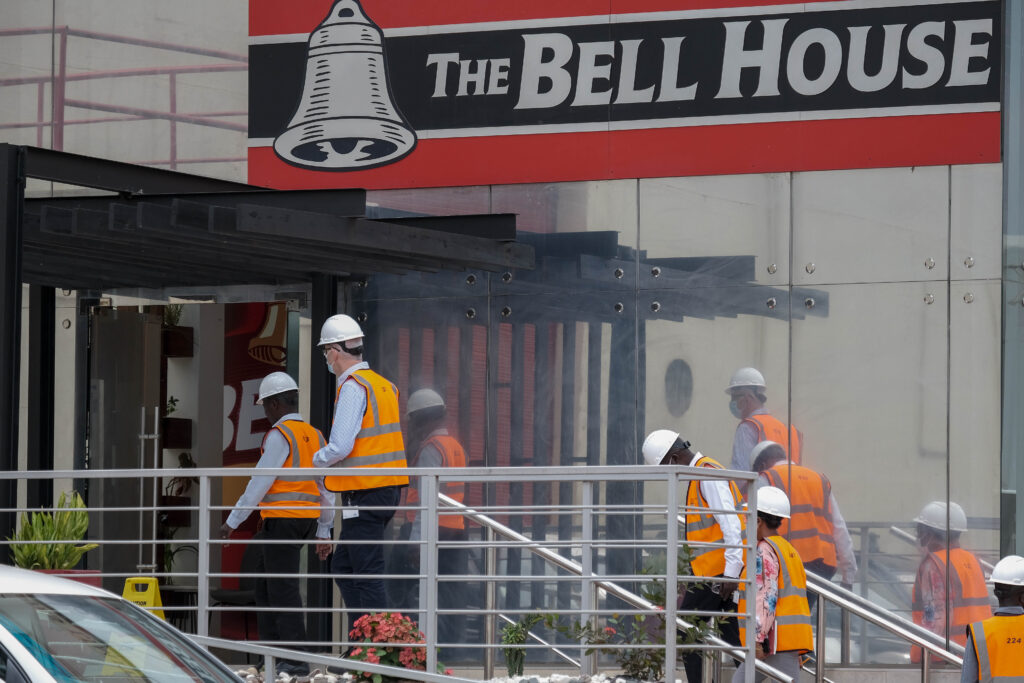The Covid-19 pandemic highlighted the crucial aspect of the supply chain in every company. For the first time, it became evident that the supply chain was the skeleton of every organization. It was the organizing framework for organizations. In Uganda, this was even more evident as organizations grappled with stock-outs and realized how prone they were to the global dependence.
Through a series of interviews with the top supply chain leaders in Uganda, Ortega Group now highlights the top issues that every supply chain leader should keep on their mind.
Supply Chain Readiness for the Unexpected
The new normal is one of constant disruption. The supply chains of the future must now be designed for entropy. Leaders should not expect a world where disruption comes to an end, but a world where chaos is the new normal. Thus, the new supply chains must not only respond and be resilient, but they must also grow within this disruption. The focus should now be on building anti-fragile supply chains. Supply chains that are enhanced by disorder.
Forecasting
Forecasting accuracy is on the radar. Over-forecasting will imply locked working capital in inventory, while under-forecasting will result in missed opportunities. Companies must figure out the right inventory levels. The planning departments must be re-engineered as value-creating streams and must now take a more prominent role in organization decisions. Planning is the new glue that holds the supply chain together.
Building Together in the Supply Chain
Supply chains are now about partnerships. How do you build together not just with your suppliers but also your customers? As businesses continue to outsource, partnership also means integration of systems and sharing information.
Together with these partnerships are the innovations. For example, just-in-time inventory and vendor-managed inventory. These partnership frameworks must be underpinned by capacity and competence. The guiding question is, ‘how can we win together?’.
Removing Bottlenecks
The Supply chain must now really be thought of as a production line. As such, bottlenecks along this line must be identified and constraints cleared. Thus, leaders must learn to see the bottlenecks and go through a problem stratification process. The slowest and limiting aspect of the process aka the constraining factor must be identified and dealt with immediately. Focus should be on the bottleneck and organizations must make that DMAIC process a way of work.
The World of Technology
Technology is advancing at a rapid pace; this also means that the road to obsolescence is now shorter. With technology is also the world of big data, machine learning and artificial intelligence.
Organizations must increasingly think about aspects of intellectual property. There are also aspects of information security from confidentiality, integrity and availability. How does a supply chain keep its information confidential? How does it keep it integral and available at all times? Leaders must think about the speed and accessibility of information.
Trade Across Borders
With supply chains operating across jurisdictions, awareness of policy evolutions and how they affect the supply chain is crucial. Thus, supply chains must now develop a Government partnership framework in places where they operate. What for example does ECOWAS say versus EAC? Again, this comes back to partnerships and information flow across partners.
Innovation
The core driver of all supply chains is how they innovate. Anti-fragility is about innovation. Supply chains must be able to disrupt themselves before the externalities disrupt them. It’s down to understanding the consumer, predicting the consumer trends, their needs and tastes over time.
End to end innovation implies innovating with and for the supply chain partners or stakeholders. A supply chain must innovate for its employees, for its suppliers, for the government, for the society where it operates. Supply chain innovation must be a stand-alone department in the supply chain of the future. A group of dedicated employees that provide foresight for the supply chain and drive disruption within the supply chain.

